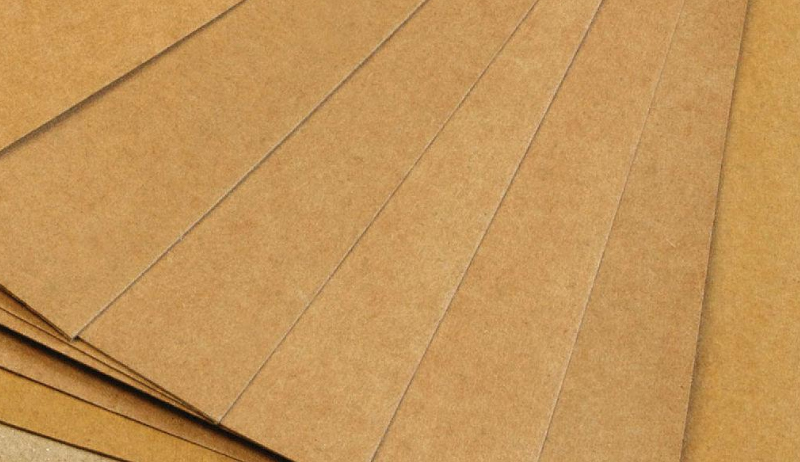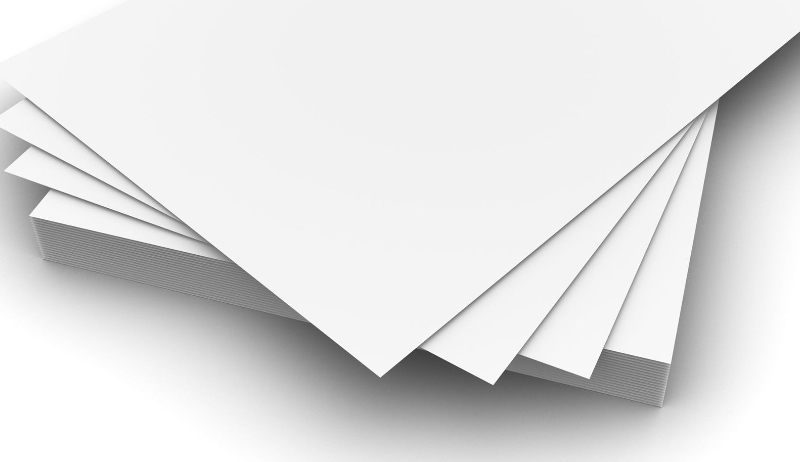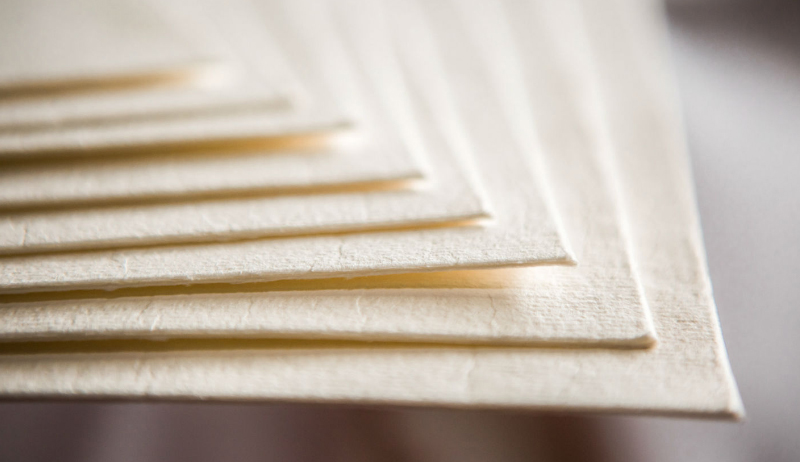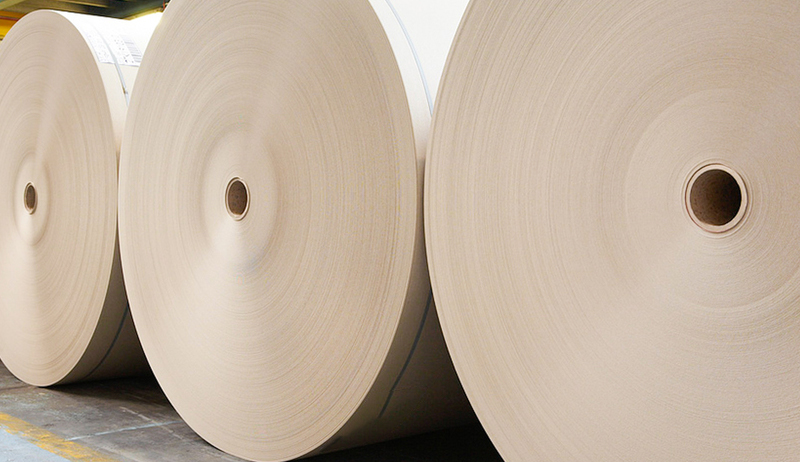How Are Water-Based Coated Kraft Paper Solutions Redefining the Future of Sustainable and High-Performance Packaging?
The packaging industry stands at a critical juncture, driven by mounting environmental concerns and increasingly stringent regulatory demands for sustainability. For decades, conventional barrier solutions, often relying on polyethylene (PE) or other plastic laminations, have provided necessary functional properties like moisture and grease resistance. However, their inherent difficulty in the recycling process has led to vast amounts of waste fiber being diverted from the paper recycling stream and ending up in landfills, thus contributing significantly to the global plastic pollution crisis. The emergence of innovative materials, particularly the sophisticated category of water-based coated kraft paper, marks a crucial pivot point, offering a truly circular and performance-driven alternative that addresses these environmental shortcomings head-on. This next-generation material retains the natural strength and renewability of virgin or recycled kraft paper while integrating a functional barrier that is specifically engineered for eco-friendly end-of-life options.
Unpacking the Core Functionality: Performance Beyond the Conventional
The development of water-based barrier coatings represents a significant leap forward in material science, achieving robust functional properties without compromising recyclability. These advanced aqueous dispersions are formulated to create a protective layer that effectively shields the paper substrate from external elements such as moisture, liquid, and grease. Unlike traditional coatings which are permanently bonded to the fiber, the water-based layer cures to form an invisible, highly effective barrier that is crucial for maintaining product integrity in diverse applications. Furthermore, many of these modern formulations are specifically developed to be free from PFAS (per- and polyfluoroalkyl substances), a group of chemicals facing increased regulatory scrutiny due to persistent environmental and health concerns. This PFAS-free composition ensures full compliance with evolving global standards while providing consumers and brand owners with the confidence of a safer, cleaner packaging solution. Achieving superior water repellency and grease resistance means that the paper maintains its structural integrity even when exposed to high-moisture or oily contents, a performance level previously restricted to plastic-lined materials.
Application Innovation: Delivering Value Across Diverse Sectors
The versatility of water-based coated kraft paper allows for its seamless integration across numerous segments of the packaging market. In the burgeoning food and beverage industry, which is particularly sensitive to both sustainability and barrier requirements, this material is becoming an indispensable tool. It provides a reliable solution for items like hot beverage cups, where its heat-sealable nature ensures leak-proof performance, and for convenience food containers that require a strong, oil-resistant vessel for carry-out meals. Moreover, its moisture-repellent capabilities make it perfectly suited for challenging applications such as packaging for frozen foods, where condensation and moisture migration are primary concerns for product spoilage and structural failure. Beyond food service, the protective qualities of the coated kraft paper extend into industrial and consumer goods. For instance, it can serve as an effective, rust-inhibiting wrap for metal components or as a durable, sustainable liner for shipping boxes, demonstrating that high-level protection does not need to be mutually exclusive with environmental responsibility.
The Circular Economy Catalyst: Enhanced Repulpability and Fiber Recovery
Perhaps the most compelling argument for the adoption of water-based coated kraft paper is its superior contribution to the circular economy. The key to its sustainability lies in its repulpability. During the standard paper recycling process, the water-based coating is engineered to fully detach and disperse from the paper fibers when introduced into the hydrapulper, a machine that uses water and agitation to break down paper products into a slurry of individual fibers. This crucial characteristic ensures that the valuable cellulose fibers are recovered with high efficiency, often achieving recovery rates comparable to uncoated paper, a stark contrast to the low recovery rates associated with plastic-laminated papers where the plastic layer contaminates the pulp. By enabling the maximum reuse of paper fibers, this material significantly reduces the industry’s reliance on virgin resources and minimizes the volume of processing residue sent to waste management facilities. It effectively transforms a previously non-recyclable item into a valuable feedstock for new paper products, thereby closing the loop on paper packaging.
Future Perspectives: Paving the Way for a Greener Industry
The ongoing refinement and expansion of water-based coating technology are set to cement this material as a long-term foundational element of sustainable packaging. As research progresses, future advancements will likely focus on optimizing the barrier properties to compete with even the most specialized plastic films, particularly for demanding applications that require extreme shelf-life extension. Investment in new coating chemistries will continue to enhance heat seal strength, printability, and overall handling performance, making the material more cost-effective and easier to integrate into existing high-speed packaging lines globally. The transition to water-based coated kraft paper is not merely a shift in material choice; it represents a commitment to ecological responsibility and a significant step toward achieving a truly circular and regenerative model for the global packaging industry, ensuring a more sustainable future for the planet.
Key Attributes Summary
- Sustainability Goal: Enables fiber-to-fiber recycling for paper packaging.
- Functional Improvement: Provides robust moisture, liquid, and grease barriers.
- Safety Standard: Offers verified PFAS-free formulations for food contact.
- Economic Benefit: Reduces waste disposal costs and virgin material reliance.



 English
English Español
Español










